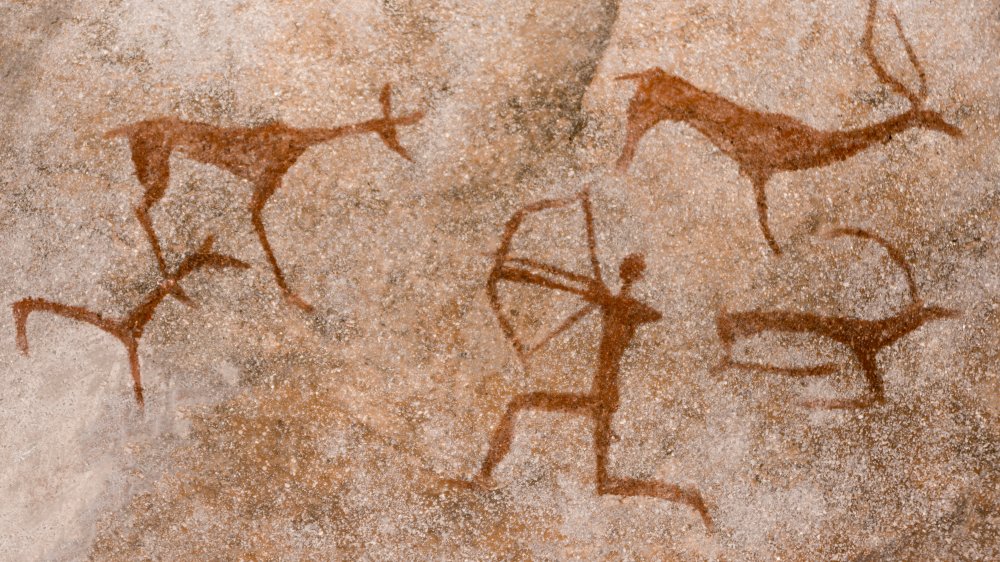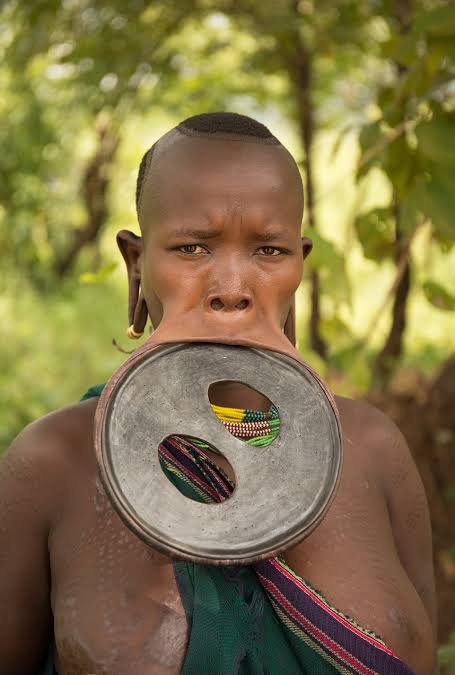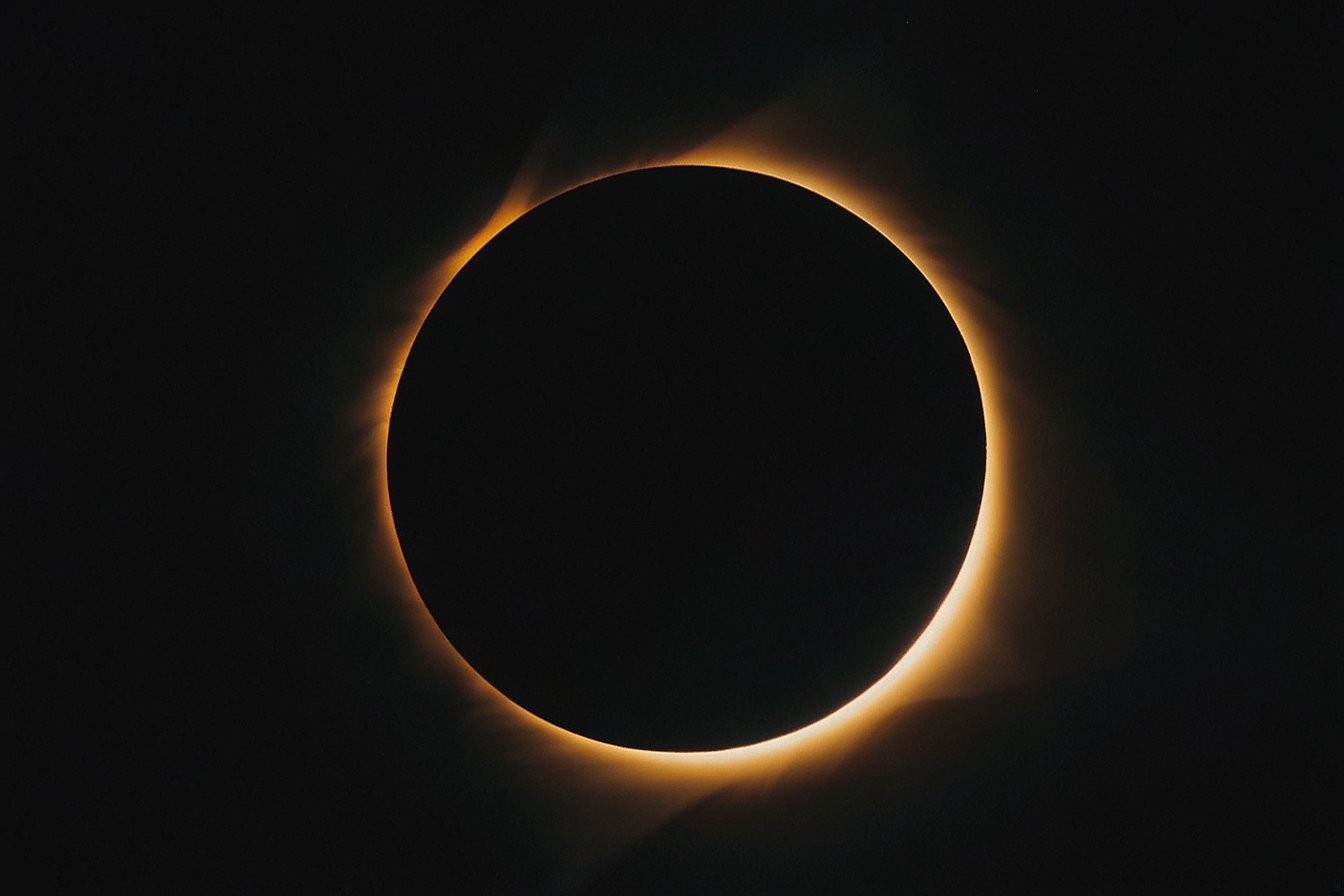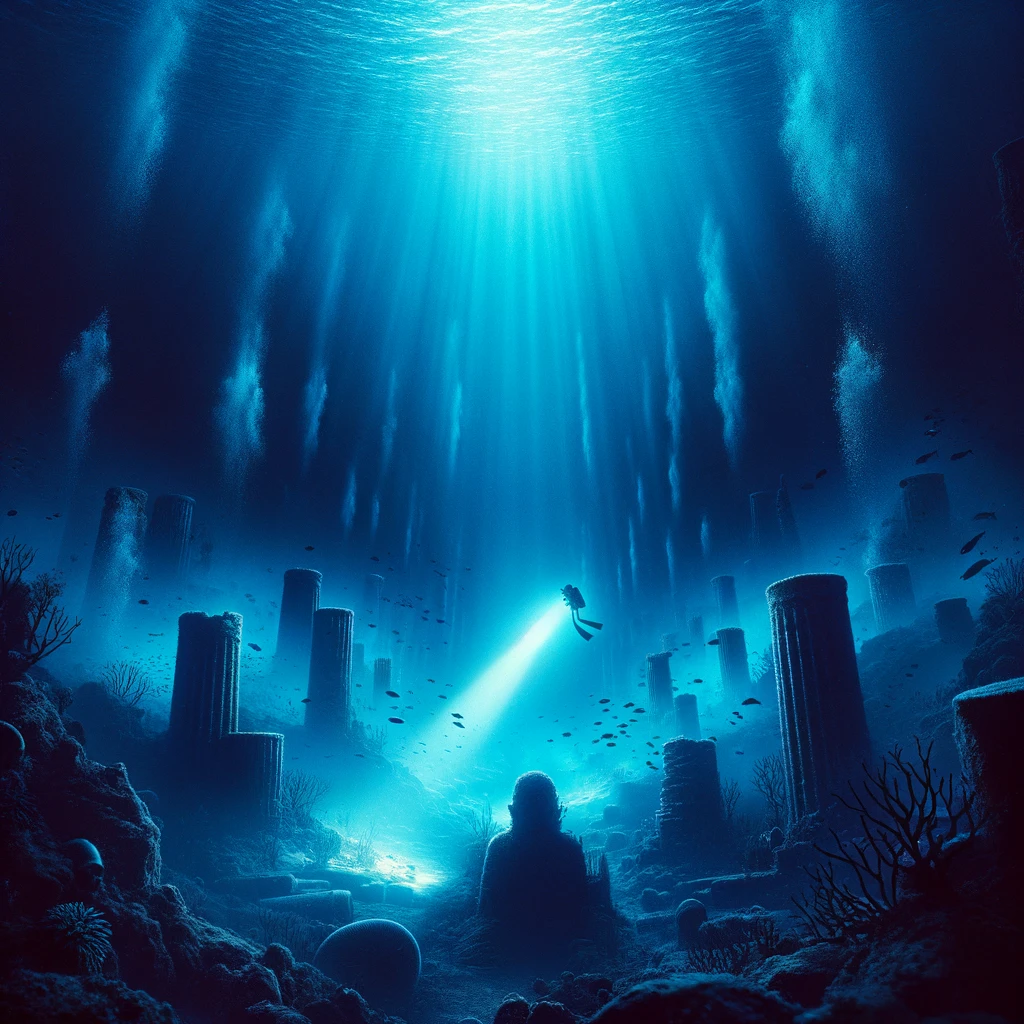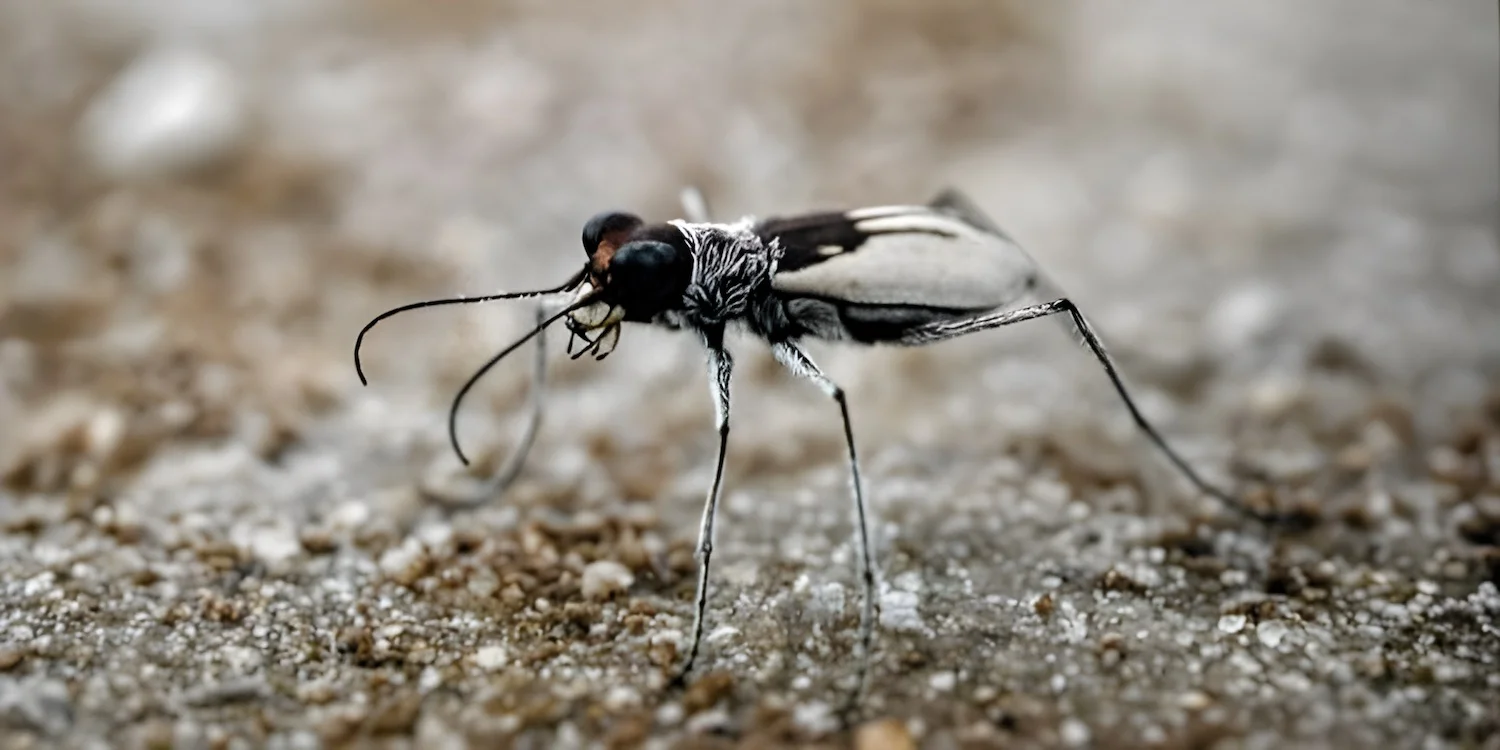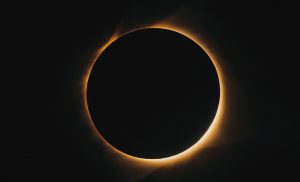15 moments that shook the planet
SPACE SHUTTLE CHALLENGE DISASTER, (1986)
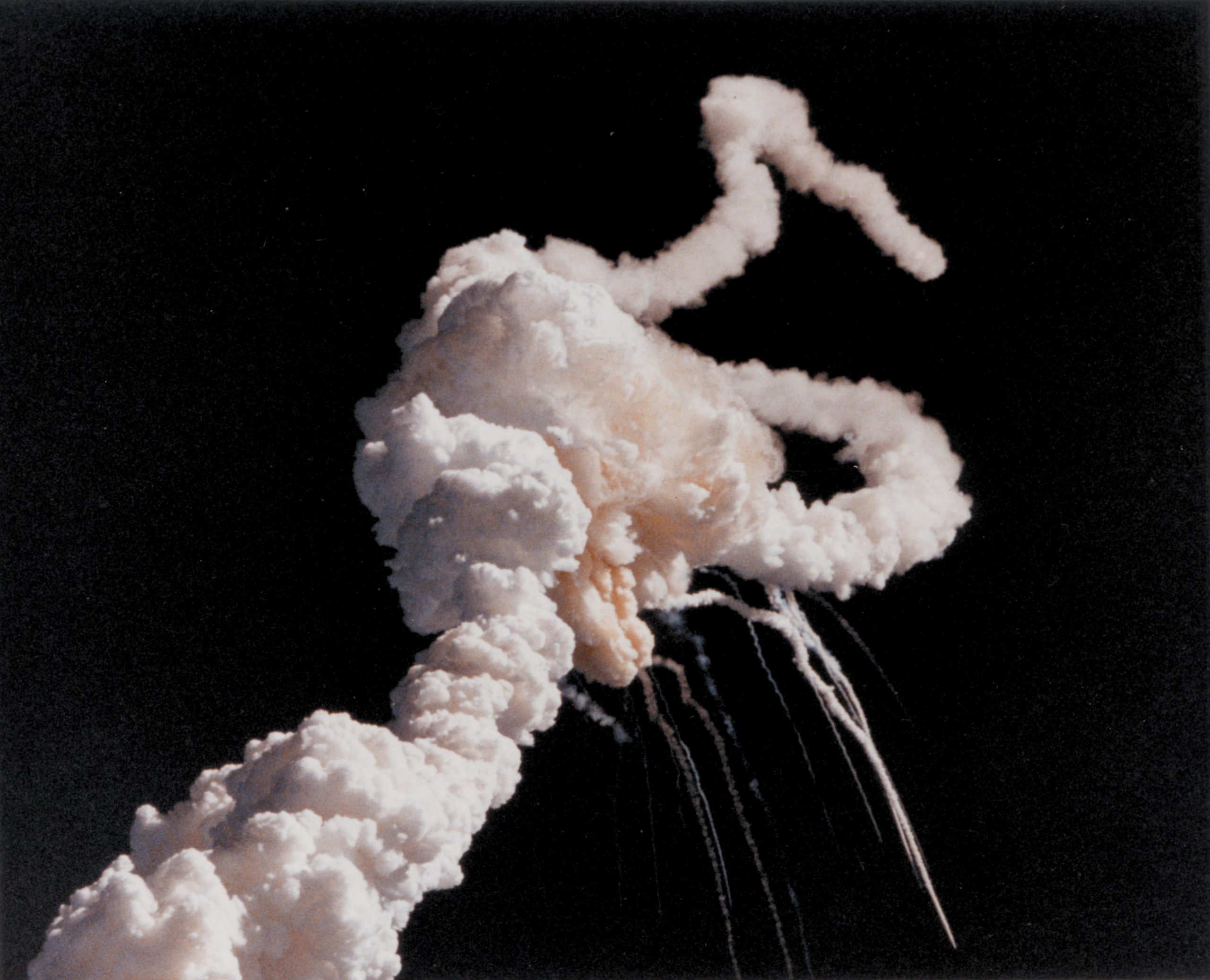
The Space Shuttle Challenger disaster, which occurred on January 28, 1986, was a tragic event that shocked the world and dealt a devastating blow to the United States’ space program. The Challenger space shuttle, carrying seven crew members, including Christa McAuliffe, a civilian schoolteacher who would have been the first civilian in space, experienced a catastrophic failure just 73 seconds after liftoff from the Kennedy Space Center in Florida. The shuttle broke apart in midair, leading to the deaths of all astronauts on board.
The cause of the Challenger disaster was determined to be the failure of an O-ring seal on one of the solid rocket boosters, which allowed hot gases to escape and ultimately led to the structural failure of the external fuel tank. The tragedy unfolded live on television, witnessed by millions of viewers, as the shuttle disintegrated in a plume of smoke and debris. The loss of the Challenger crew, including McAuliffe and experienced astronauts, was a profound tragedy that deeply affected the nation and the global space community.
In the aftermath of the Challenger disaster, NASA launched a thorough investigation to identify the causes of the accident and implement corrective measures to prevent similar incidents in the future. The investigation led to significant changes in the design, construction, and management of the Space Shuttle program, as well as improvements in safety protocols and risk management practices. Despite the tragedy, the Challenger disaster served as a sobering reminder of the inherent risks of space exploration and the importance of continuous vigilance and diligence in ensuring the safety of astronauts and the success of space missions.




